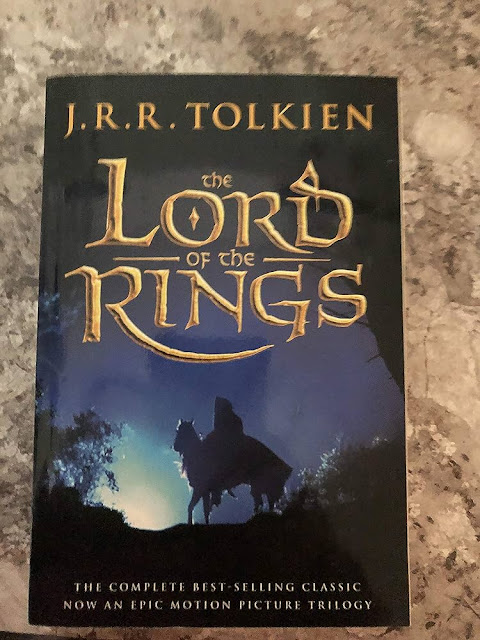"The Lord of the Rings" by J.R.R. Tolkien: A Mythic Journey of Epic Proportions
 |
| The Lord of the Rings |
J.R.R. Tolkien's masterwork, "The Lord of the Rings," is a literary phenomenon that has captivated readers for generations with its intricate world-building, timeless themes, and epic storytelling. Published as a trilogy between 1954 and 1955, this fantasy epic has left an indelible mark on literature, inspiring countless adaptations, imitations, and discussions about its enduring appeal.
**A Mythical Realm:**
Set in the mythical land of Middle-earth, "The Lord of the Rings" transports readers to a world teeming with diverse cultures, creatures, and landscapes. From the idyllic Shire to the foreboding Mount Doom, Tolkien's meticulous world-building immerses readers in a rich tapestry of history and lore.
**Fellowship and Quest:**
At the heart of the story is a diverse group of characters—the Fellowship of the Ring—tasked with the perilous mission of destroying the One Ring. This simple yet powerful quest drives the narrative forward, uniting individuals from different races and backgrounds in a common cause against the malevolent force of Sauron.
**Themes of Good vs. Evil:**
"The Lord of the Rings" explores timeless themes of good versus evil, light versus darkness. Sauron's desire to control the One Ring symbolizes the corrupting influence of power, while the heroes' resistance embodies the triumph of resilience, friendship, and the human spirit.
**Complex Characters:**
Tolkien's characters are far from one-dimensional archetypes. From the steadfast Frodo Baggins to the enigmatic Aragorn, each individual possesses a unique arc, struggles, and moments of growth. Gollum, the tormented creature whose obsession with the Ring encapsulates its corruptive power, stands as a tragic testament to Tolkien's exploration of internal conflict.
**Linguistic Mastery:**
Tolkien, a philologist, infused Middle-earth with a myriad of languages, dialects, and scripts. His invented languages, such as Elvish and Dwarvish, contribute to the authenticity of his world, reflecting his deep passion for linguistic creation.
**Influence and Legacy:**
"The Lord of the Rings" has influenced not only the fantasy genre but also broader literature and popular culture. Its themes of heroism, sacrifice, and the battle between good and evil resonate with readers across generations. The epic has also inspired films, television adaptations, artwork, and a robust fan community.
**Tolkien's Subcreation:**
Tolkien coined the term "subcreation" to describe his approach to world-building. His meticulous attention to detail, from genealogies to maps, elevates Middle-earth from mere backdrop to a living, breathing realm. This approach enhances readers' immersion, inviting them to participate in the act of creation.
**A Timeless Odyssey:**
"The Lord of the Rings" is more than a fantasy epic—it's a reflection of the human condition, a mirror of our aspirations and struggles. Tolkien's storytelling prowess, combined with his deep love for language and mythology, results in a work that continues to enchant, inspire, and resonate with readers around the globe. As long as the words of Gandalf the Grey ring true—"Even the very wise cannot see all ends"—Middle-earth will remain a realm of endless exploration and wonder.





0 Comments